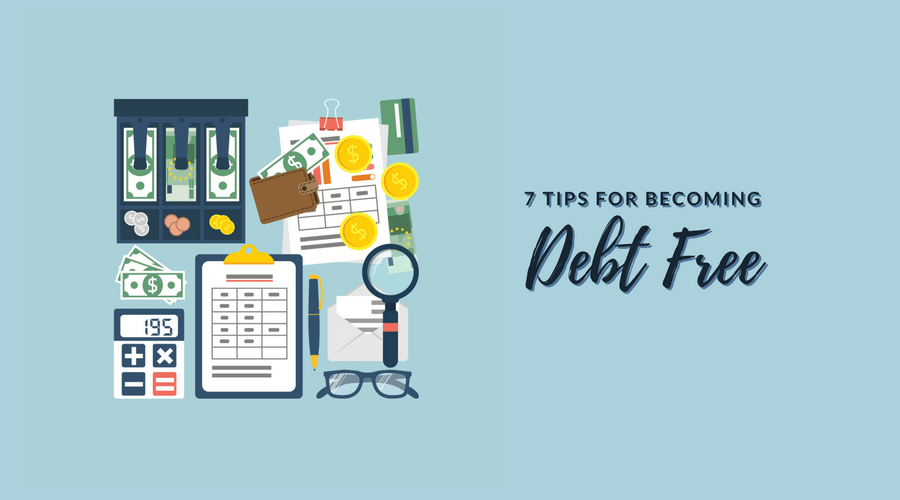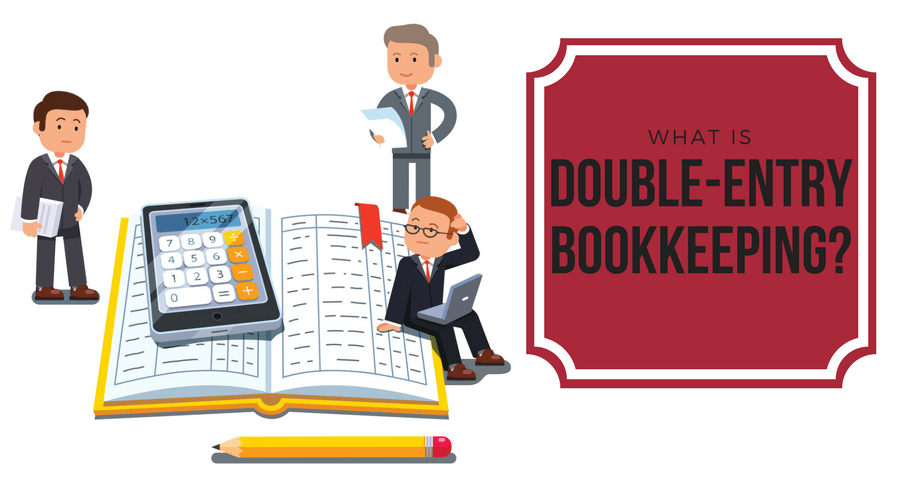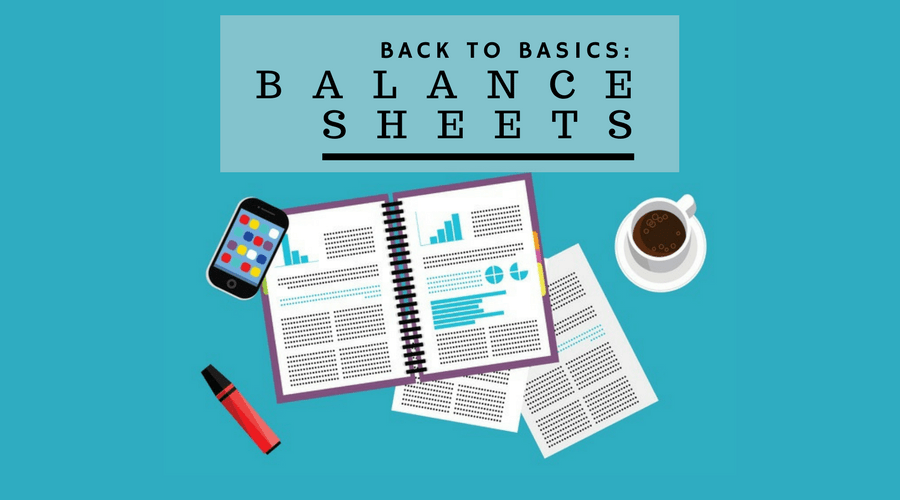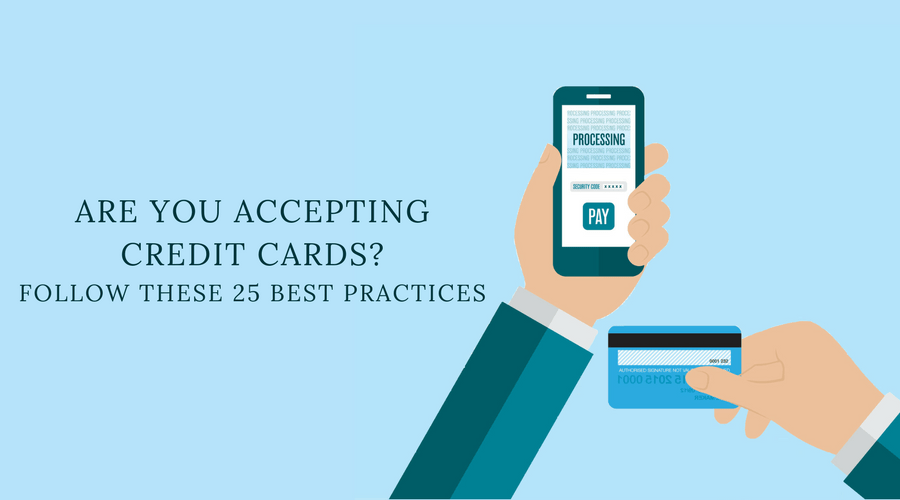7 Tips for Helping Your Small Business Become Debt-Free

When you’re first starting your business, you probably need cash. You can get it by taking out loans or opening a credit card. Be careful, though, because too much debt is risky. If you owe too much, it can be challenging to pay off. Follow these seven tips to help your company become debt-free.
1. Take inventory of your debt
The first step of becoming debt-free is to determine how much you owe. Make a list of every debt your small business has, including loans, lines of credit, credit cards, and outstanding vendor payments. Also, notate each liability’s interest rate and monthly payment. Then, decide which one you’ll work toward paying off first. There are two common methods:
- Start with the loan that has the highest interest rate and work your way down.
- Pay off the loan with the lowest balance first, then add that monthly payment to the next liability and work your way up.
Read also: Accounts Payable Turnover Rate
2. Consider refinancing
Review your loan agreements and terms of service, then ask yourself if you’re in the same financial situation as when you first signed the documents. You might now have a stronger credit history or are eligible for lower interest rates. If you’re in a better financial situation, consider refinancing your liabilities.
3. Negotiate
If you buy materials on credit and have a long-term relationship with your suppliers, ask them for a better price and better payment terms. When you’re negotiating, emphasize your good payment history and your long relationship with them. If you buy in bulk, it will often be even easier to negotiate. If you don’t buy in bulk, consider teaming up with another small business.
4. Consolidate your loans
If you have multiple loans, try consolidating them so that you only have a single payment every month. This will generally reduce your monthly payment, without negatively impacting your credit score.
5. Cut costs
Cutting costs can help you free up some cash to put toward your debts. Review your expenses to see where you can cut back. Learn more about how to save money in your small business.
6. Review your budget
You probably wrote your initial budget based on your goals and projections, not your actual numbers. Now that you have real numbers, you can revisit your budget and make better forecasts. After accounting for fixed and variable costs, earmark any extra funds to go toward paying off your debt.
Read also: How to Set a Budget for Your Business
7. Shorten your payment terms
If customers buy from you on credit, review your own payment terms. For example, if you currently give clients 90 days to pay you, consider shortening the timeframe to 60 days. This can improve your cash flow and leave you with fewer unpaid invoices. If you don’t want to change your payment terms, but would still like to get paid sooner, offer a discount if the invoice is paid off early.
Read also: 13 Tips for Getting Paid on Time


